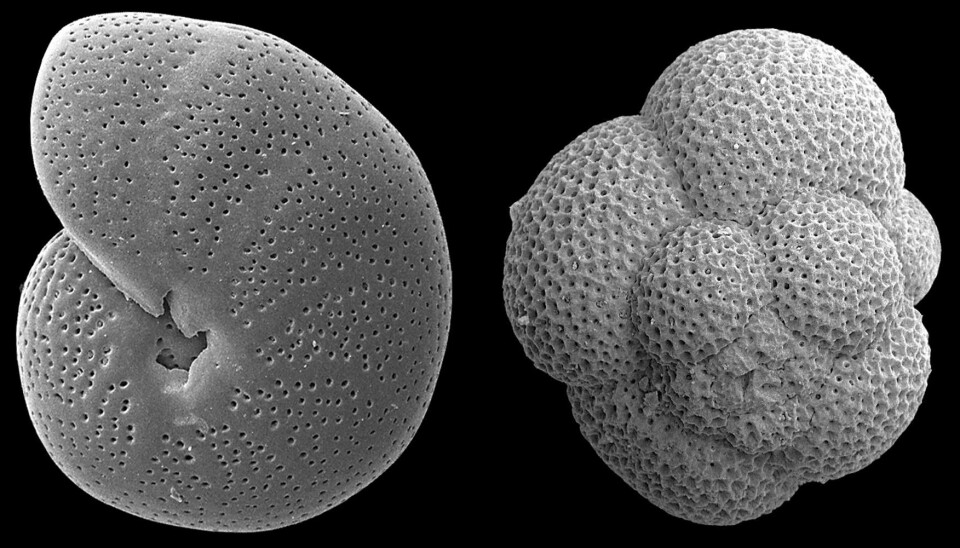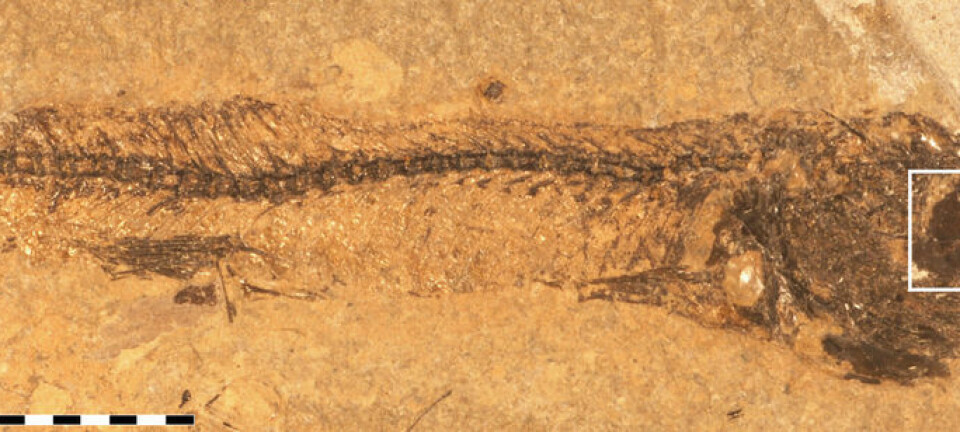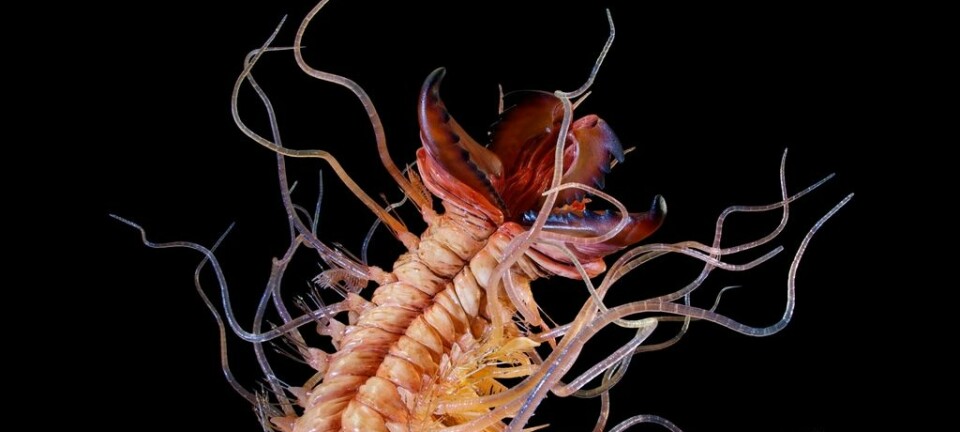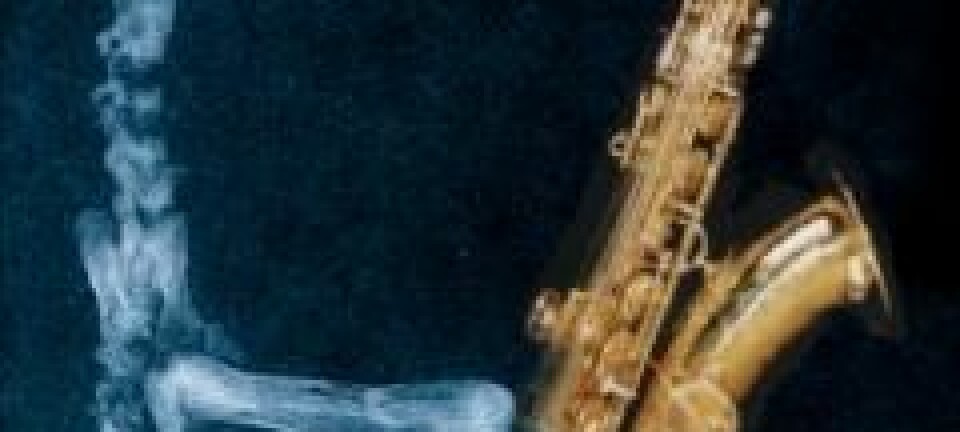An article from University of Tromsø – The Arctic University of Norway

Historic climate data stored on the ocean floor in microscopic fossils
The climate is always changing. Mohamed Ezat has investigated climate changes in the Norwegian and North Atlantic seas that have occurred over the past 135 000 years.
The sea is a very important regulator of the global climate. It circulates heat and affects the concentration of greenhouse gases in the atmosphere.
The exchange of hot surface water from the sea area near the equator, and cold deep sea water from the Arctic is an important part of the global sea circulation.
Mohamed Ezat has studied how this water exchange and how the carbon cycle in the ocean have been affected by the last ice ages, and whether they have influenced climate changes.
Sea circulation
"My PhD work has resulted in more information about exchange of heat and carbon between the North Sea and the North Atlantic over the last 135 000 years."

"Our new data has given us the possibility to test earlier hypotheses that deal with the sea's circulation in the North Atlantic, and how this is linked to historical regional climate changes, the marine carbon cycle and CO2 in the atmosphere" says Ezat.
He has also analyzed sediment samples from the ocean floor outside the Faeroe islands. Calcite shells of dead microorganisms pile up on the ocean floor and become layered in the sediments like a climate archive.
The calcite shell composition is also affected by temperature, pH and CO2 concentrations and will therefore be a product characteristic of its time period.
Researchers have reconstructed the sea temperature, salinity and carbonate chemistry (pH and CO2) thousands of years back in time and looked at the concentrations of greenhouse gases in the southern Norwegian Sea. They have compared the conditions to the North Atlantic and found that the Norwegian Sea physical environment and exchanges with the North Atlantic changed according to regional climate changes in the past.

"This suggests that the circulation of water masses we have looked at, and the carbon cycle in the sea played an important role as an amplifier of past climate changes" says Ezat.
Translated by: Stephanie Hansen



































